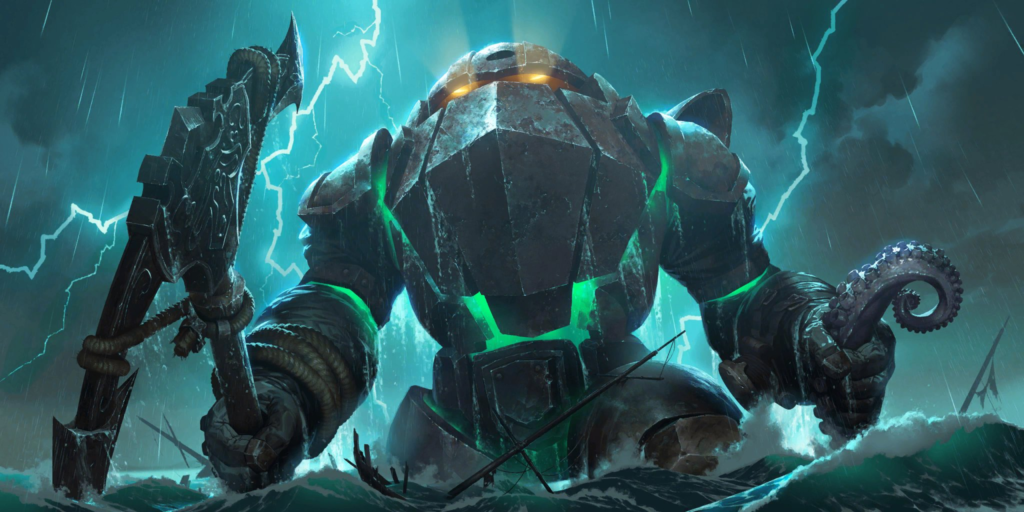

Read more Competition is changing Hearthstone for the betterĪnother key difference here is that whenever you play a card, you cede control of the board to your opponent - giving them a chance to respond. Simply put, there’s less filler before you reach the part of a match where individual turns have the greatest potential impact. This, combined with the lower HP pool for both players, allows for both faster and more meaningful early game play.

Unlike Hearthstone, up to 3 unspent mana can also roll over into your next turn and the mana capacity of both players grows with each consecutive turn. Both players start at 1 mana and their capacity grows with each turn. The notion that the fundamentals of Runeterra deckbuilding could shift over time is both narratively and strategically ambitious in a way that stuff like Hearthstone just isn't. Magic: The Gathering had five colors when it released in 1993 and modern sets are still built around those five same colors. Riot says that additional regions will be added to the game over time, which theoretically promises to keep the meta interesting in a way that most card games - digital or not - rarely attempt. Decks in Runeterra are built out of cards belonging to either one or two of these regions. Read more Legends of Runeterra now has 100% more pirates in itįunctionally, the setup here is closer to how colors in Magic: The Gathering work than the class-based antics of Hearthstone. In contrast, Piltover and Zaun are all about spells that buff and empower their units. Noxus cards tend to be beefy brawlers, treating offense as the best defence. These regions don’t just reflect the lore and geography of the game’s titular fantasy setting, they also embody different playstyles. Credit: Fergus HallidayĪt launch, cards in Legends of Runeterra are currently split across six different regions. Left unchecked, a hero card can quickly tilt the odds in your favor. Leveling up grants existing heroes better stats and new abilities. In addition, each hero also has a special condition for leveling up, some of which can be met regardless of whether the hero is on the board or in your deck.

These hero characters tend to be better than your baseline minions when it comes to stats. The first big twist on this template comes in the form of Champion cards, where Riot have injected their own MOBA-flavored spin on an otherwise familiar formula.

If you’ve played many digital or trading card games like Hearthstone or Magic: The Gathering, spells and minions play pretty similarly to what you’d expect. Matches of Legends of Runeterra are turn-based, one-versus-one affairs with either side vying to reduce their opponent’s HP to zero by deploying champions, minions and spells against them. Right from the start though, Riot have been spinning Legends of Runeterra as a response to the things that people hate about modern card games - both digital and traditional - and the launch-day experience embodies those virtues to a tee. Credit: Fergus Hallidayįor those spurned by Blizzard’s frugality and the cost of staying up with Hearthstone, Legends of Runeterra is also going to seem particularly generous when it comes to monetization - and that specific quality may prove a massive boon to the game’s popularity over the long run. Where Blizzard’s card-battler plays with chance and chaos, Runeterra emphasises individual agency and more-reactive gameplay. By contrast, Legends of Runeterra feels like a complicated game made simple. Modern Hearthstone is a simple game made complicated by years of expansions and shifts in the game’s competitive meta.


 0 kommentar(er)
0 kommentar(er)
